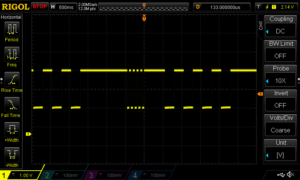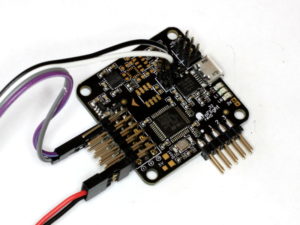Plans are being made to build another copter using a Seriously Pro F3 Flight Controller, and drive options are being considered.
Since this is a high performance flight controller with faster loop times, and Oneshot125 is used on the ESCs for faster response, an ESC that exhibits fast response is warranted to fully explore the benefits of faster loop times.
Most stock ESCs are quite slow, though with replacement firmware they can perform much better.
Though I have dismissed BLHeli for several reasons in the past, I have a set of Hobbywing Skywalker 40A Silabs based ESCs which will run BLHeli and not SimonK, so review of the current version (14.6) of BLHeli is warranted.
Dowloading 55MB of bloatware and updating the firmware using a Silabs Sticktool / C2 interface (which itself is quite fast and convenient as I have added permanent cables for the C2 interface), reminded me of most of the bad things of BLHeliSuite. Despite falling foul of the traps too many times, I achieved the desired result

This article documents some comparison tests of:
- SimonK commit 1f75da384e5c83f83916aa752819ca6eed712565 afro_nfet.hex; and
- BLHeli v14.6 for Hobbywing Skywalker 40A.
Continue reading Comparison of SimonK and BLHeli 14.6 on an Afro30 ESC









